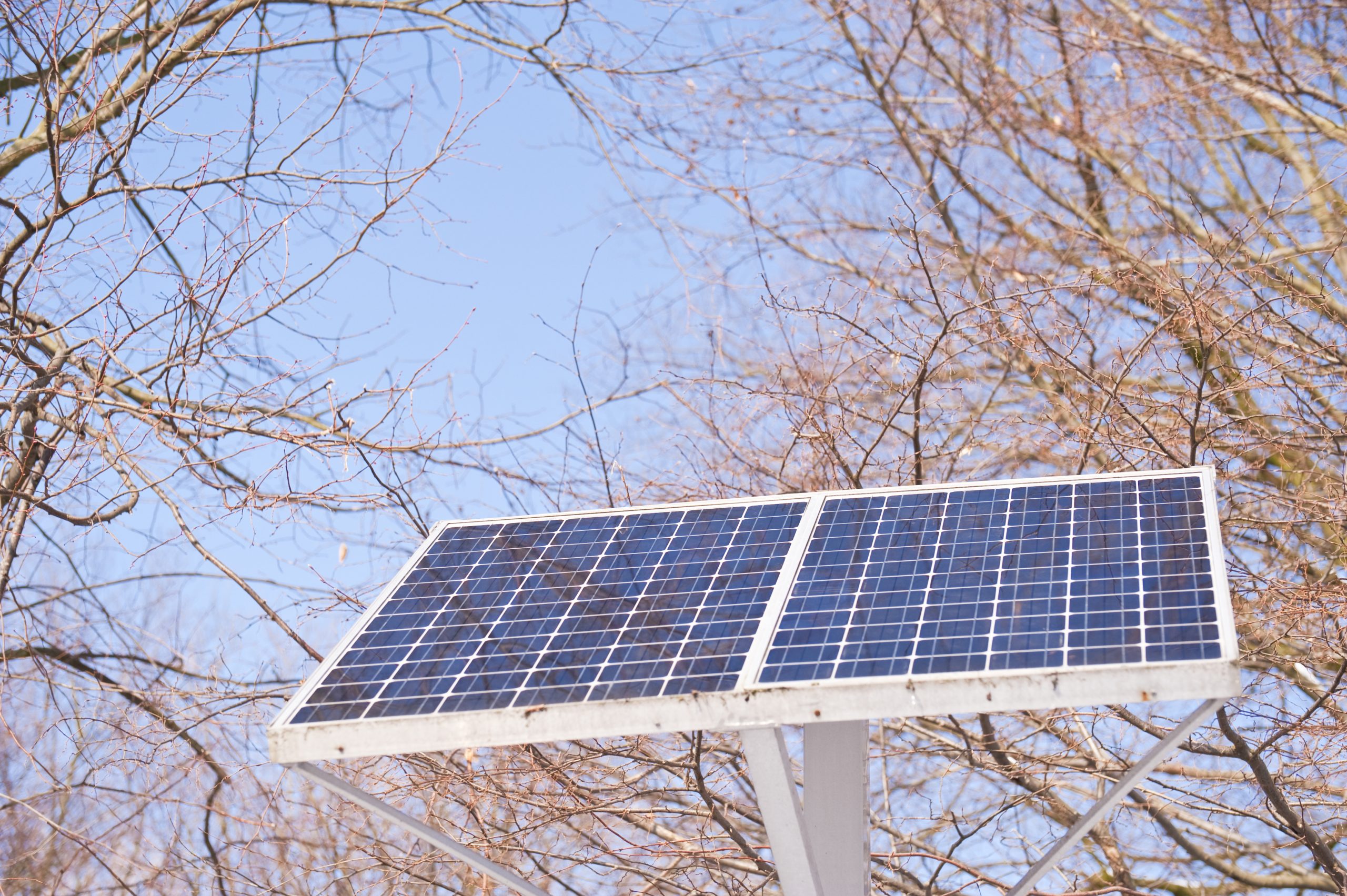Welcome to the world of solar power! Solar energy is revolutionizing the way we power our homes, and it’s time you joined in on the fun. In this blog post, we will explore everything there is to know about how solar energy can benefit your home, from its efficiency rates to common misconceptions that may be holding you back. Let’s dive right in!
Introduction to Solar Energy
Solar energy is a renewable source of power generated by harnessing sunlight through photovoltaic cells or solar panels. These panels are typically installed on rooftops or other structures where they can receive direct sunlight throughout the day. The electricity produced by these panels can then be used to power your home or fed back into the grid for others to use.
The Benefits of Using Solar Power in Your Home
There are many benefits to using solar power in your home, including:
Lower Electric Bills: Once you have installed solar panels, you will generate your own electricity, reducing your reliance on traditional utility companies. This means lower bills for you each month.
Environmental Benefits: By switching to solar power, you reduce your carbon footprint and help combat climate change. Solar power produces no greenhouse gases or air pollution, making it one of the cleanest forms of energy available.

Increased Property Value: Homes with solar panel installations tend to sell at higher prices than those without them. If you ever decide to sell your home, having solar panels could increase its value significantly.
How Solar Panels Work and Their Efficiency Rates
Solar panels work by converting sunlight into usable electricity through a process called the photovoltaic effect. When light hits the surface of a solar cell, electrons within the cell become excited and move around, creating an electrical current. The more intense the light, the greater the flow of electricity.

The efficiency rate of solar panels refers to their ability to convert sunlight into electricity. Most modern solar panels have an efficiency rate between 15% and 20%, meaning they can produce up to 20 watts of electricity per square meter of surface area. However, new technologies are being developed all the time, and some experimental solar panels have achieved efficiencies as high as 46%.
Incentives for Switching to Solar Energy
Governments around the world recognize the importance of transitioning to renewable sources of energy like solar power, which is why they offer various incentives to encourage people to make the switch. Some examples include tax credits, rebates, and net metering programs. Net metering allows you to feed excess electricity generated by your solar panels back into the grid and earn credit towards future usage.
Common Misconceptions About Solar Power Debunked
Despite the growing popularity of solar power, there are still many myths and misconceptions surrounding it. Here are just a few:
Myth: Solar panels don’t work well in cloudy climates.
Fact: While solar panels do perform better in direct sunlight, they can still generate electricity even under cloud cover. In fact, Germany, one of the world leaders in solar power, has a relatively cloudy climate but generates over half of its electricity from solar sources.
Myth: Solar panels require too much maintenance.
Fact: Solar panels are designed to last for decades with little to no maintenance required. You should keep them free from dust and debris, but aside from occasional cleaning, there’s not much else you need to do.
Conclusion: Why You Should Consider Solar Energy
If you’re looking for a reliable, sustainable source of energy for your home, look no further than solar power. With its numerous benefits, increasing affordability, and government incentives, now is the perfect time to make the switch. So what are you waiting for? Start exploring your options today and join the solar revolution!
Leave a Reply